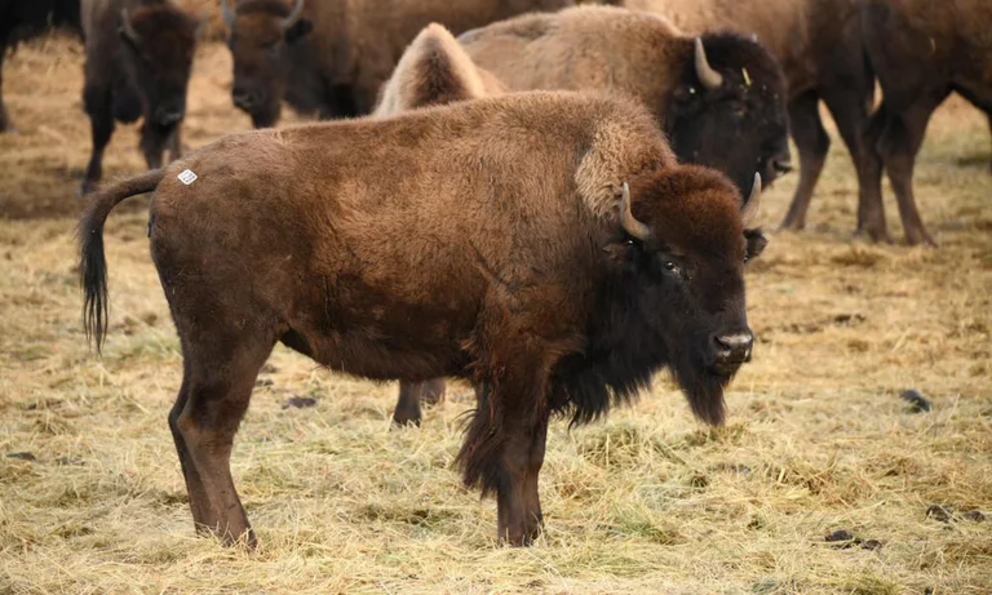Dozens of bison released on tribal land in South Dakota
Fact checked by Haley Mast
The bison were wary at first. A few slowly wandered out of a temporary holding pen and slowly walked away. But once the bison realized they were free to roam thousands of acres, they took off in an excited stampede.1
The return of bison should help with conservation and cultural renewal.
Five dozen of the animals were just released onto nearly 28,000 acres of native grasslands on the Rosebud Sioux Indian Reservation in South Dakota. The release to the Wolakota Buffalo Range will help increase the herd to the goal of 1,000 animals, making it the largest Native American-managed bison herd in North America.2
“When the bison were released there was some initial hesitation to leave the corral where they were being kept to acclimate, but once a couple of animals slowly made their way out the rest began to run and you could hear and feel the thundering of their hooves on the prairie as they set off exploring their new home at Wolakota,” Dennis Jorgensen, bison program manager at the World Wildlife Fund (WWF), tells Treehugger.
“The presence of so many community members and their expression of pure joy at seeing the buffalo back on the land was one of the most powerful parts of watching the bison come home to the prairie.”
The land is managed by the Rosebud Economic Development Corporation (REDCO), the economic arm of the Rosebud Sioux Tribe. Scientists recommend that the herd reach a size of 1,000 animals in order to ensure the long-term genetic health of the group and the species. The land can support as many as 1,500 bison.3
More releases are planned for this fall and winter with the herd expected to grow to more than 900 animals by the end of November. The herd is expected to surpass 1,000 after calves are born in spring.4
REDCO and the WWF are partnering for the releases along with the U.S. Department of the Interior.3
Return of the Bison
Repopulating the buffalo range is important for many reasons, Jorgensen points out.
“First and foremost the project is responding to the communities desire to bring their relative, the bison, back to tribal lands and the Wolakota Buffalo Range after an absence of nearly 140 years,” he says.
Restoring bison (sometimes called American buffalo) to tribal lands should allow many positive things to happen in the area and for the community.1
“Bison are a native grazer in the Northern Great Plains and will begin to interact with other native species of plants and animals on the landscape that they evolved with over thousands of years, restoring their ecological role in the system,” Jorgensen says.
“The return of bison is also bringing cultural renewal. REDCO has established a Lakota immersion school that is teaching the children about their language and culture and their ties to the land, the bison, and Lakota lifeways (Wolakota in the Lakota language).”
The 60 bison that were just released onto the range came from Wind Cave National Park in South Dakota. Wind Cave is “a sacred place for the Lakota people and figures centrally in their creation story, Jorgensen says.1
The long-term goal is to restore five herds of at least 1,000 bison each in the Northern Great Plains by 2025. This latest release puts that target closer in sight.3
“The release was a celebration attended by many community members and partners who have supported this effort,” Jorgensen says.
“The cultural and ceremonial portion of the celebration gave me a strong sense of welcome and inclusion and put the intended impact of this project for future generations in perspective. It will make a difference and it will make the bison and the Lakota people stronger with every passing generation.”

